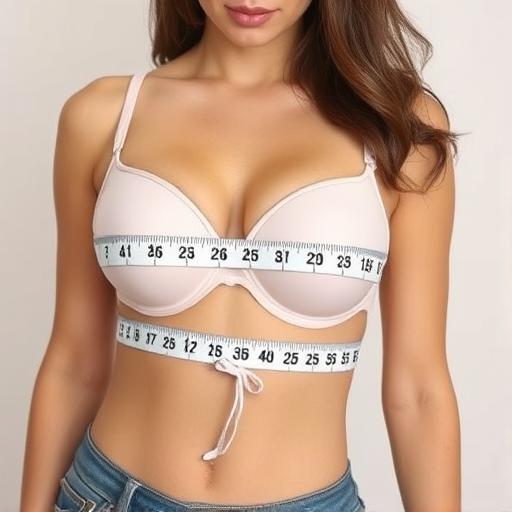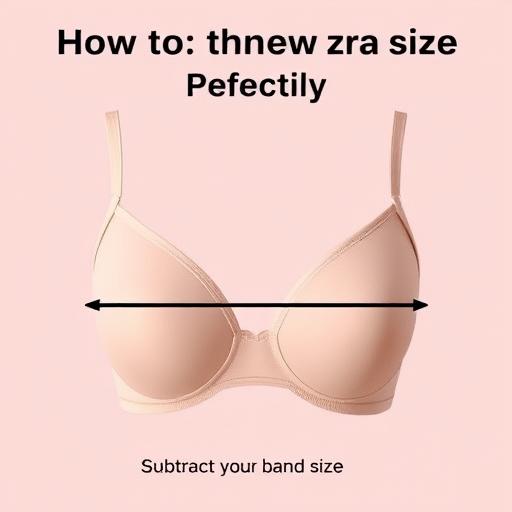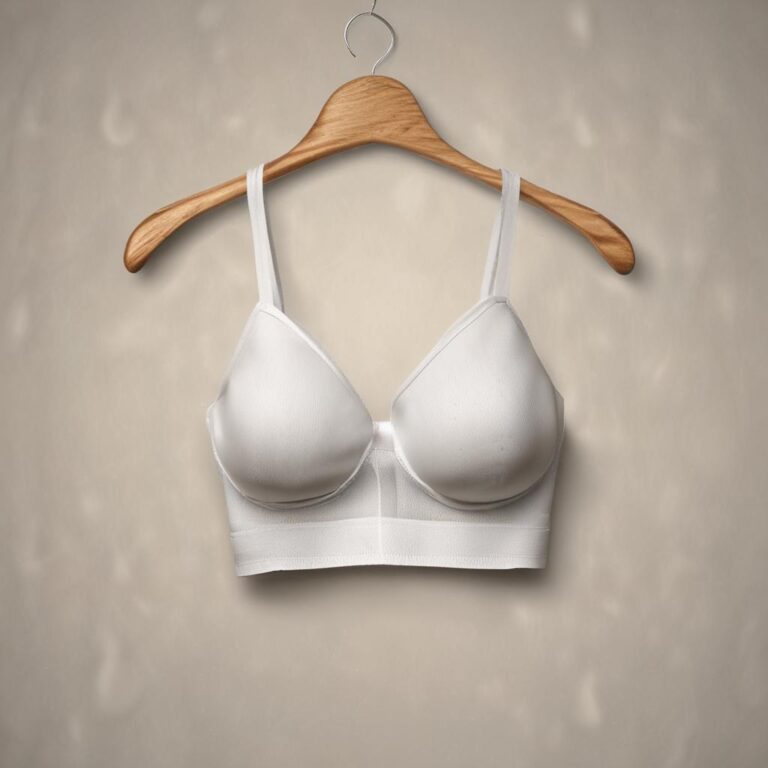Wearing the right bra size isn’t just about comfort—it’s about support, posture, and even self-confidence. Yet, many women wear bras that don’t fit properly, often assuming their size never changes or that “one size fits all” applies to lingerie. The truth? An ill-fitting bra can lead to back pain, shoulder strain, and even poor circulation. Worse, it can make clothing look less flattering. The good news? Knowing your correct bra size is simpler than you think—and it’s a game-changer. Whether you’re shopping for everyday wear or specialty styles (like sports bras or maternity bras), understanding how to measure and adjust for the perfect fit will transform your wardrobe. Ready to ditch the discomfort? Let’s dive in.
Step-by-Step Process
Measure Band Size
Wrap a measuring tape snugly around your ribcage under bust.
Measure Bust Size
Measure the fullest part of your bust over the nipples.
Calculate Cup Size
Subtract band size from bust size; each inch = cup size letter.
Check Fit Guidelines
Refer to size charts for your brand to confirm accurate sizing.
Try On Bras
Test different sizes and styles for comfort and proper support.
Process infographic for How to Know Bra Size Perfectly?
Understanding Bra Sizing Basics
What Are the Components of a Bra Size?
A bra size consists of two key measurements:
- Band size: This measures the circumference around your ribcage just below your bust. It determines the bra’s foundation and support.
- Cup size: This is the difference between your bust and band measurements. For example, if your bust is 3 inches larger than your band, you’d wear a C cup (since 1-inch difference = A cup, 2 inches = B, and so on).
Different Bra Sizing Systems
Not all sizing is universal. Here’s how it breaks down:
Pro tip: Check the brand’s sizing guide, as even US brands can vary slightly.
Common Myths About Bra Sizing
Step-by-Step Guide to Measuring Your Bra Size
Tools and Preparations
Grab a soft measuring tape, a well-fitting non-padded bra, and a mirror. Measure after a shower or workout when your breasts are at their natural state.

Measuring Your Band Size
Wrap the tape snugly around your ribcage directly under your bust (where the bra band sits).
Round to the nearest even number. If it’s odd (e.g., 35″), add 1 inch for underwire bras or 5 inches for non-underwire.
Determining Your Cup Size
Measure the fullest part of your bust (over the nipples).
Subtract your band size. For example:
– 5″ difference = F cup.
– 1″ difference = A cup.
Trying Bras On for Confirmation
Factors That Affect Bra Size Accuracy
Body Changes Over Time
Pregnancy, aging, and even seasonal weight shifts can alter your size. Re-measure every 6–12 months.
Bra Style Considerations
Common Measurement Mistakes
Addressing Common Bra-Fitting Issues
Signs You’re Wearing the Wrong Size
How to Adjust for a Better Fit
Solutions for Asymmetry or Unusual Shapes
Professional Bra Fittings: When and Why to Seek Expert Help

Benefits of a Professional Fitting
What to Expect During a Fitting
Initial measurements.
Trying on 2–3 styles to test fit.
Tips for adjusting straps or finding the right support level.
How to Find a Reputable Fitter
Conclusion: Prioritize Comfort and Confidence
Wearing the right bra size isn’t a luxury—it’s a necessity for health and comfort. Start by measuring accurately, and don’t hesitate to seek professional help. Remember, your size can change, so check in regularly. Whether you’re lacing up a sports bra for a workout or slipping into a lace bralette, the perfect fit makes all the difference. Ready to find your ideal size? Try our free bra size calculator or visit a specialty store today!
—
FAQ Section
How often should I remeasure my bra size?
At least once a year, or after significant weight changes, pregnancy, or hormonal shifts.
My measurements don’t match a standard size—what should I do?
Look for adjustable bras or brands that offer half-cup sizes (e.g., 34C½).
Does my band size change with age?
Yes, as your ribcage can expand or shrink over time.
Can I trust online bra size calculators?
They’re helpful but not foolproof—use them as a starting point, then try on bras.
How do I measure my bra size at home without a tape measure?
Use a string to measure your bust, then lay it flat against a ruler.




